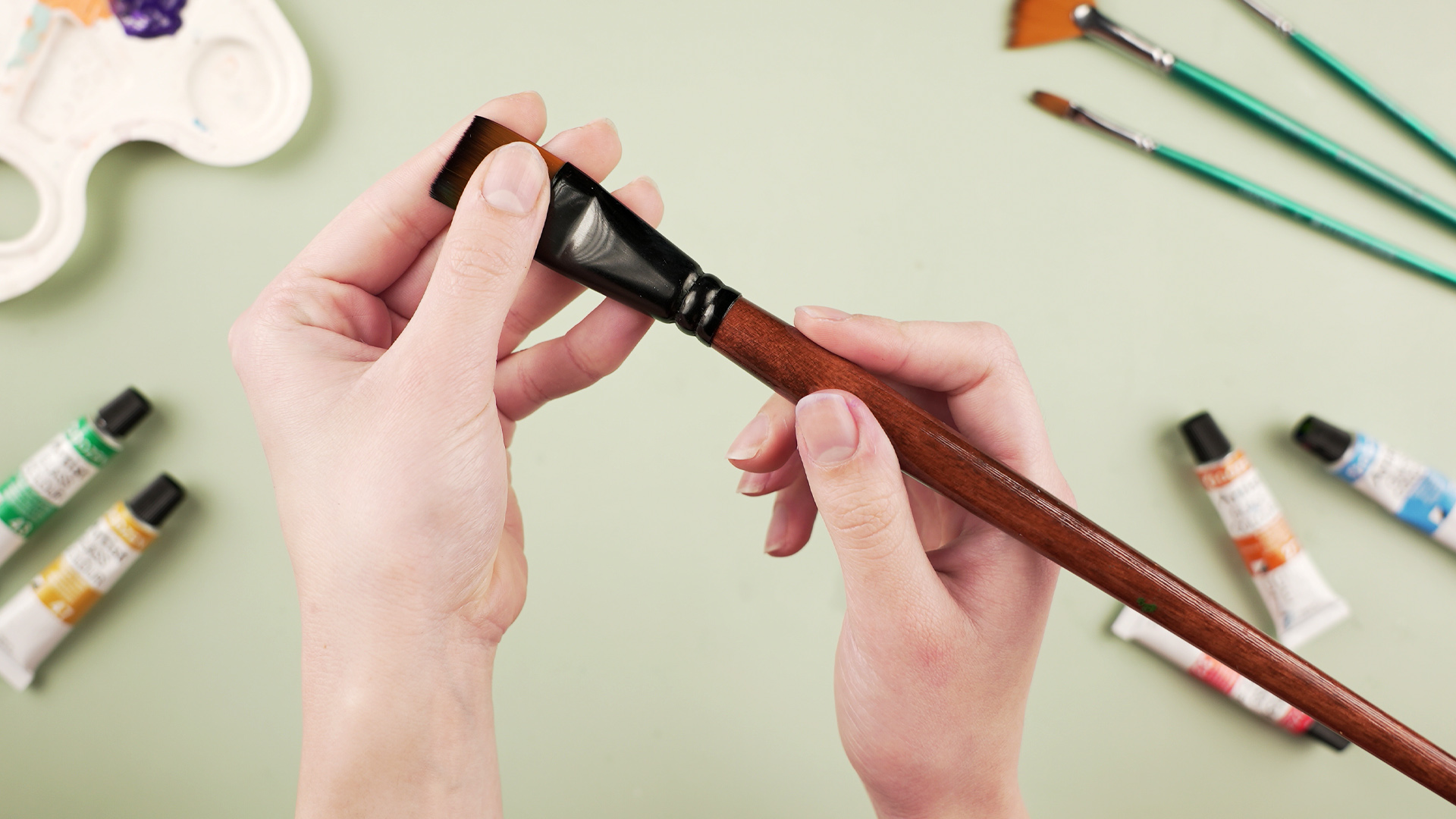In the realm of artistic expression, watercolor painting stands as a testament to the delicate dance of pigments on paper. Central to this ethereal art form is the humble yet indispensable tool—the paintbrush. In this blog post, we embark on a journey to explore the captivating world of watercolors and the pivotal role that Paint Brush play in bringing these dreamlike creations to life.
The Dance of Watercolors:
Watercolor painting is an art form that embraces subtlety, allowing artists to weave intricate tales with delicate strokes. The magic lies in the transparency of the pigments, creating layers that breathe life into the paper. Watercolor paintings often evoke emotions, capturing the essence of fleeting moments and the beauty of the world in gentle, flowing hues.
The Essence of Watercolor Brushes:
At the heart of every mesmerizing watercolor creation is the paintbrush. Unlike other mediums, the watercolor brush is designed to be an extension of the artist’s hand, facilitating a seamless connection between imagination and expression. These brushes come in various shapes and sizes, each serving a distinct purpose in the creation of stunning watercolor artworks.
Brush Shapes and Their Roles:
Round Brushes: Ideal for creating fine lines and details, round brushes are a staple in watercolor painting. They come in different sizes, allowing artists to switch effortlessly between delicate strokes and bolder lines.
Flat Brushes: Known for their versatility, flat brushes are perfect for covering larger areas with washes of color. Their straight edges can also be utilized for creating defined shapes and contours.
Filbert Brushes: With a rounded and tapered shape, filbert brushes offer a unique blend of the characteristics of both round and flat brushes. They are excellent for creating curved strokes and blending colors seamlessly.
Synthetic vs. Natural Hair Brushes:
Synthetic Brushes: Made from nylon or polyester, synthetic brushes are known for their durability and affordability. They are suitable for beginners and those looking for an animal-friendly option.
Natural Hair Brushes: Sable, squirrel, and hog hair are common choices for watercolor brushes. Natural hair brushes hold more water and pigment, providing a smoother application and allowing for better control of washes.
Choosing the Right Brush for the Task:
Detail Work: A small round brush with a fine tip is essential for intricate details and fine lines.
Washes and Backgrounds: Larger flat brushes or mop brushes are effective for covering expansive areas with washes or creating subtle backgrounds.
Mastering Techniques with Watercolor Brushes:
The beauty of watercolor painting lies in its techniques, and the right brush plays a crucial role in mastering these methods.
Wet-on-Wet Technique:
This technique involves applying wet paint onto a wet surface, allowing colors to blend seamlessly. A round brush with a good water-holding capacity is ideal for this method.
Dry Brush Technique:
Achieved by using a brush with minimal water, the dry brush technique creates a textured effect. A flat or filbert brush works well for this method, providing the necessary control for dry brushing.
Lifting Off Technique:
Watercolorists often use the lifting off technique to create highlights or correct mistakes. A clean, damp brush can be employed to lift off excess pigment, revealing the paper’s natural tone.

The Harmony of Brush and Watercolor:
As artists become attuned to the intricacies of watercolor brushes, a harmonious relationship develops between the artist, the brush, and the watercolors. The tactile sensation of bristles gliding across paper becomes a language of its own, allowing creators to convey emotions, landscapes, and narratives with breathtaking finesse.
Creating Watercolor Magic: Tips for Aspiring Artists:
For those embarking on their watercolor journey, a few tips can make the exploration of this enchanting medium more enjoyable and rewarding.
Experiment with Brush Strokes:
Practice different brush strokes to understand the range of textures and effects that can be achieved. Explore the diversity of your brushes to create unique marks on paper.
Understand Water Control:
Mastering the balance between water and pigment is crucial in watercolor painting. Experiment with the wetness of your brush to control the intensity of your colors and the flow of your strokes.
Invest in Quality Brushes:
While quality brushes can be an investment, they significantly impact the outcome of your artworks. A well-crafted brush holds its shape, retains water efficiently, and enhances your overall painting experience.
The Enduring Allure of Watercolors:
In the ever-evolving landscape of artistic mediums, watercolor painting remains a timeless and revered craft. The delicate beauty of watercolors, accentuated by the skilled strokes of a meticulously chosen paintbrush, continues to captivate art enthusiasts and practitioners alike.
Conclusion:
As we conclude our exploration into the world of Watercolour Brushes and the artistry of paint brushes, we find ourselves immersed in a realm where creativity knows no bounds. The synergy between the fluidity of watercolors and the precision of brushes gives rise to masterpieces that resonate with emotion, capturing the essence of fleeting moments and everlasting beauty. In the hands of artists, watercolor brushes become instruments of poetic expression, each stroke weaving a narrative that transcends time and space.

